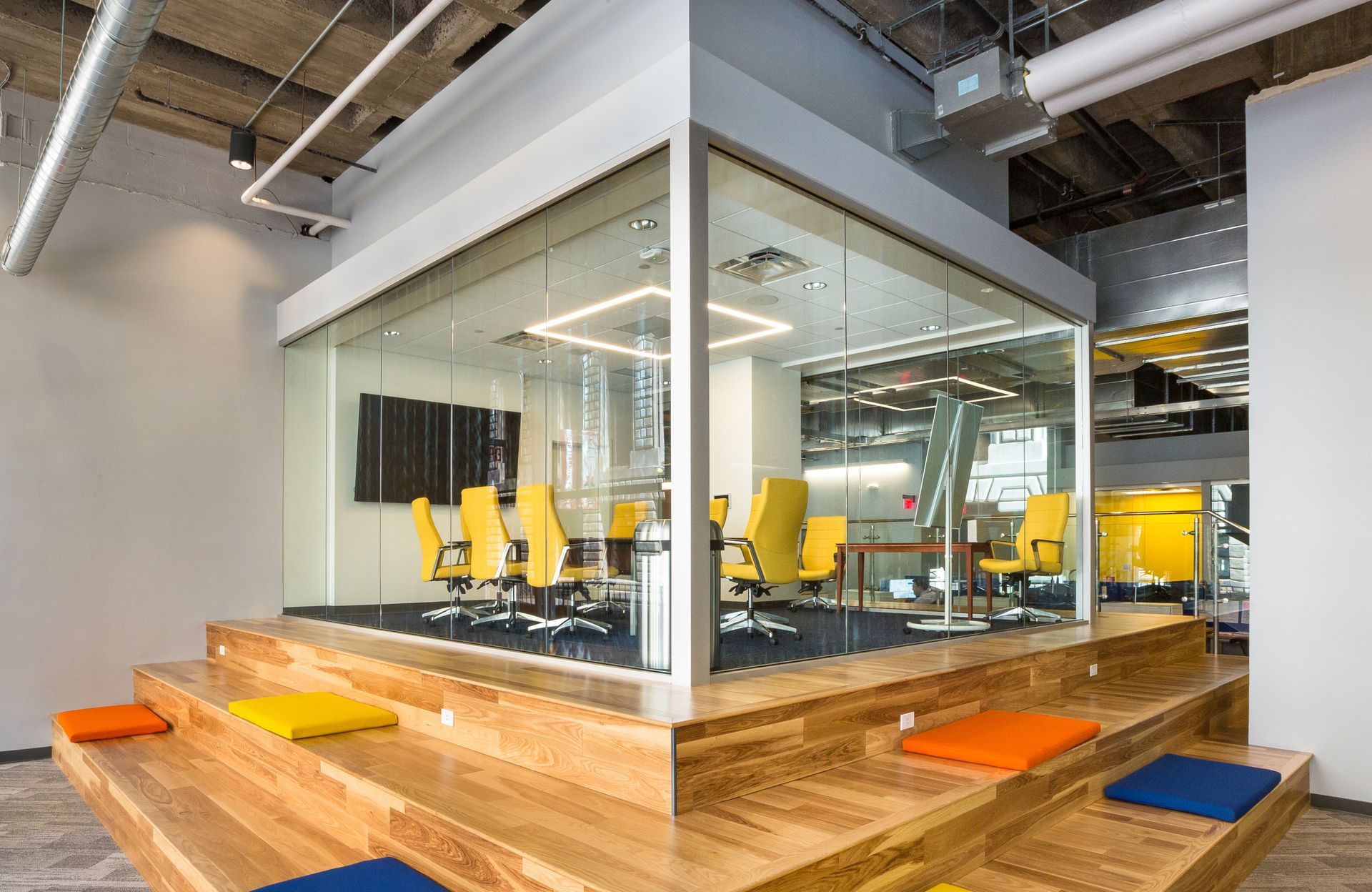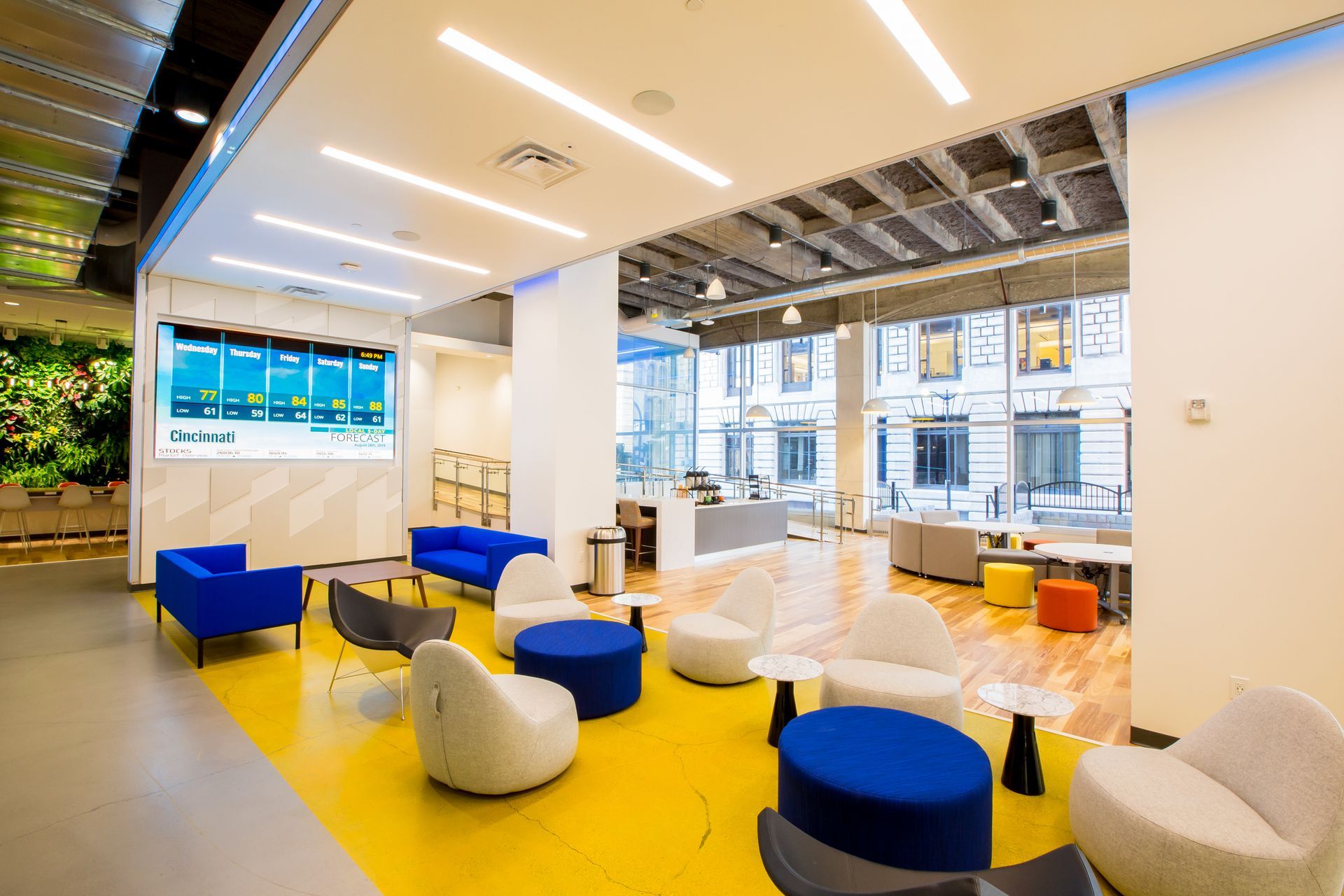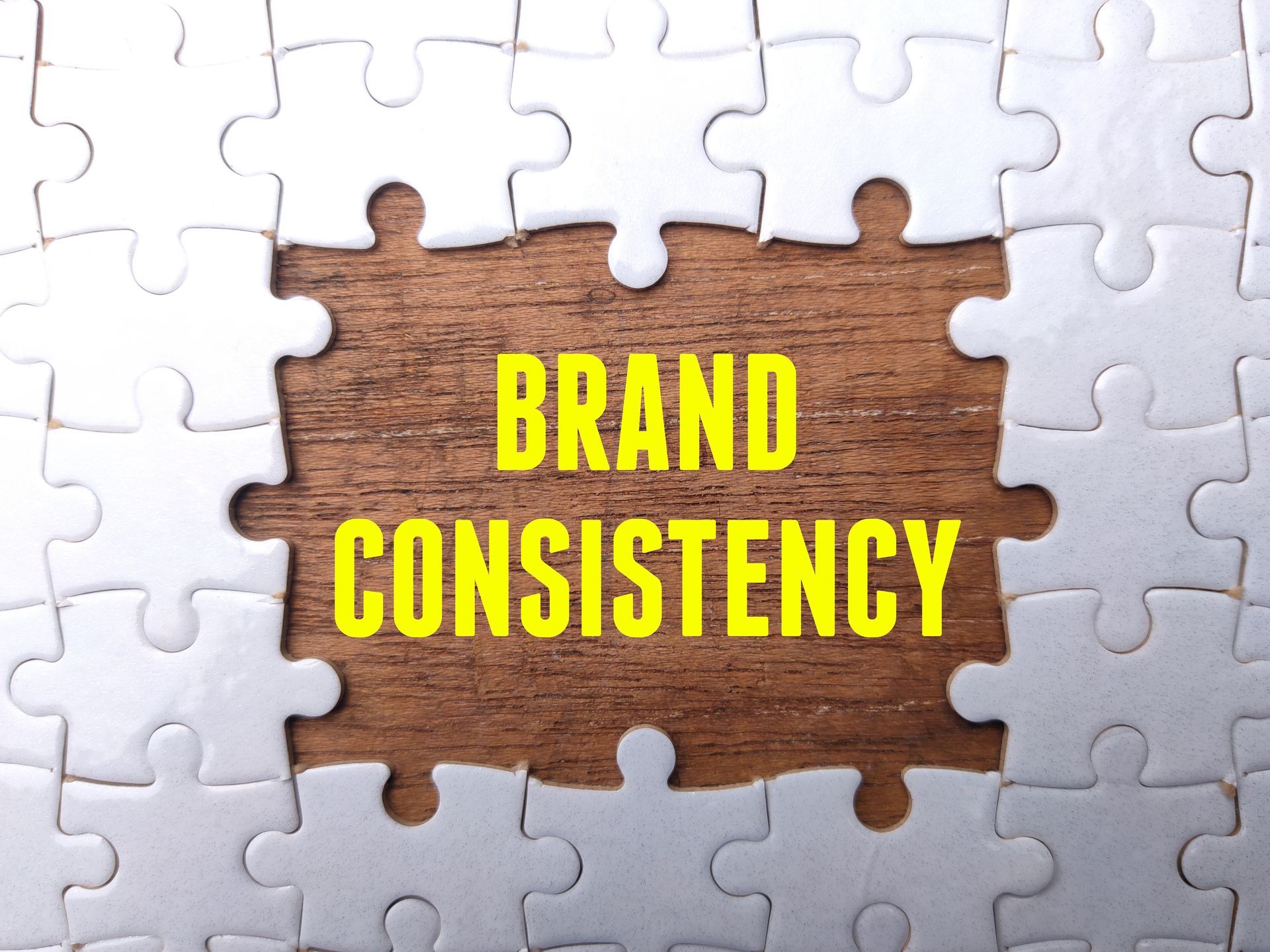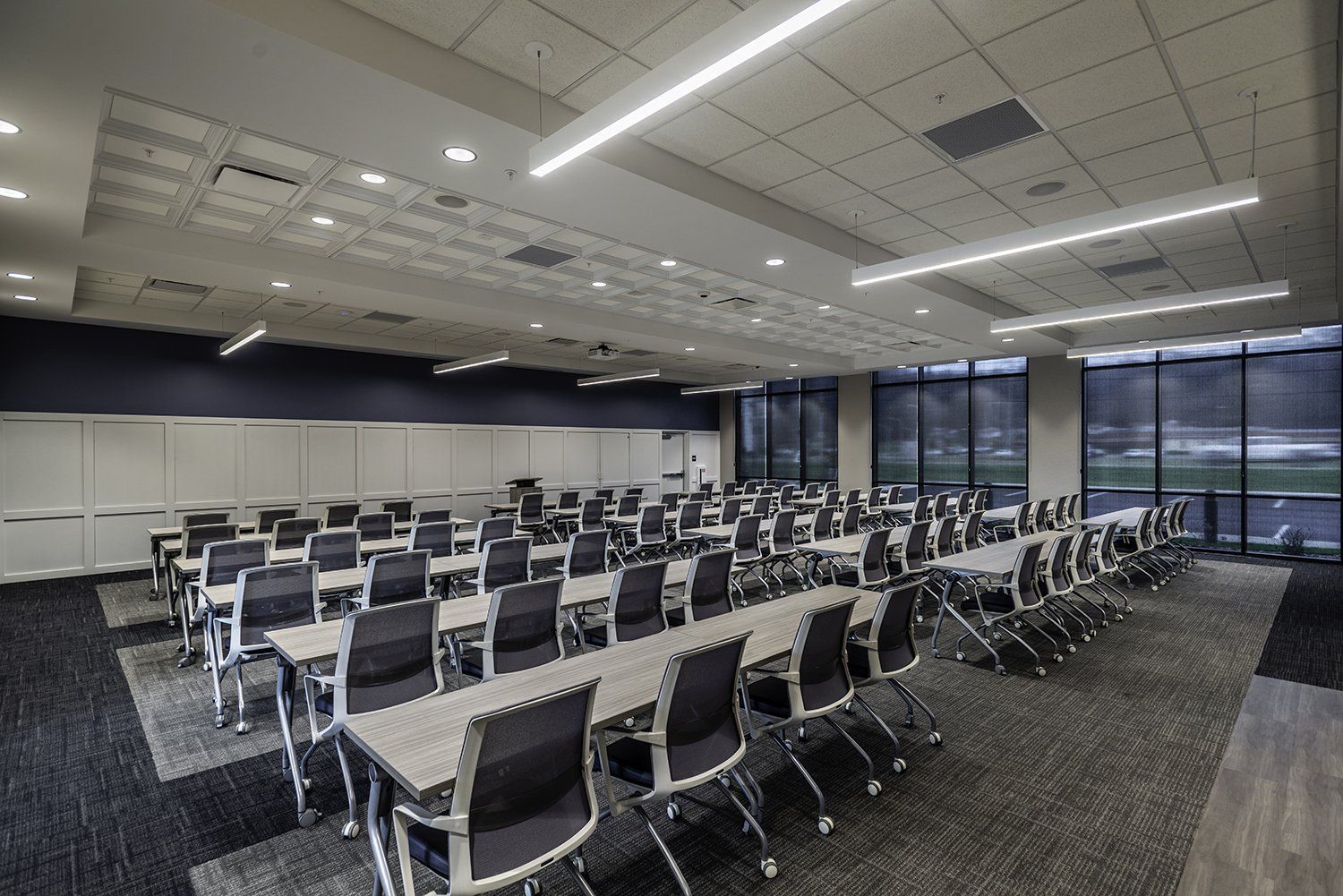By: Jeff Klump,
President of K4 Architecture + Design
Menu
Follow us on:
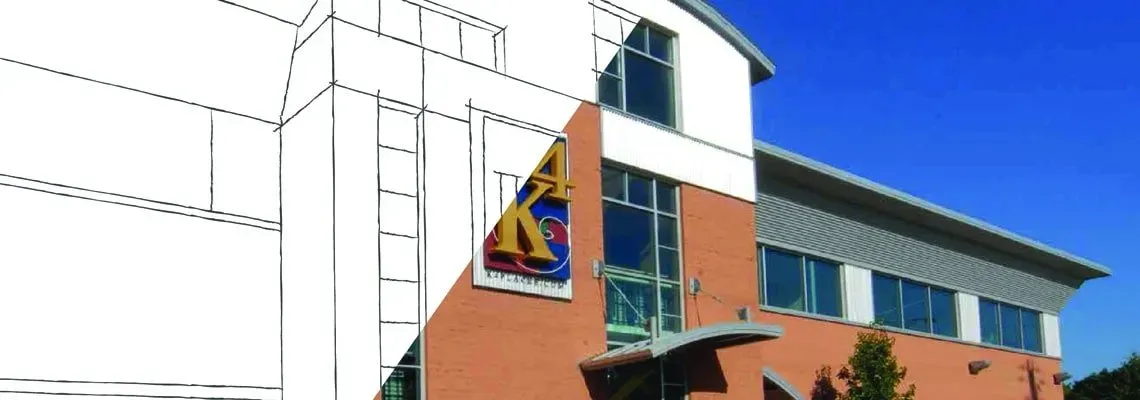
As sustainability becomes a more prominent factor in consumer decision-making, community banks are under increasing pressure to integrate environmentally responsible practices across their branch networks. For most institutions, however, a fully green model across every location is neither feasible nor necessary. The most effective path forward is a targeted approach - deploying sustainable design where it best aligns with market conditions, demographic expectations, and competitive dynamics.
Banks can maximize both impact and efficiency by placing flagship sustainable branches in high-priority markets while using cost-effective upgrades in smaller or traditional markets. This balanced strategy not only advances green initiatives but also lowers operating costs, ultimately strengthening the ROI of their facilities.
The appeal of sustainable branch design is twofold: reputation and results.
On the reputational side, customers increasingly expect companies to take visible steps toward environmental responsibility. This is especially true for younger generations, Millennials and Gen Z, who often view sustainability as a measure of a brand’s values. A visibly green branch signals that a bank shares their priorities, potentially strengthening loyalty and attracting new relationships.
On the results side, sustainability produces tangible operational savings. Features such as LED lighting, high-efficiency HVAC systems, low-flow plumbing fixtures, Low-E exterior glass and canopies to shade windows, as well as sustainably sourced building materials can cut utility costs by up to 20% to 30% over time. The long-term savings compound year after year, creating a return on investment that supports both the bank’s bottom line and its environmental commitments.
But the key to success isn’t simply “adding green features.” It’s aligning those features with each market’s demographics, economic profile, and cultural values. A sustainable branch should enhance the customer experience and fit seamlessly into the local environment - whether that means introducing a bold, modern landmark or implementing subtle efficiency upgrades behind the scenes.
Friendship State Bank’s Madison, IN branch represents its first foray into sustainability. Madison is a picturesque river town of around 12,000 people, known for its historic architecture, manufacturing base, and vibrant tourism sector. Banking relationships here run deep - built over decades of trust, community involvement, and personal service.
The Madison branch takes a holistic approach to environmental sustainability - combining energy-efficient design with construction methods that reflect the community’s values. The branch integrates cutting-edge features such as a building-configured solar array capable of offsetting 25,000 pounds of coal annually, an exposed concrete Trombe wall that captures and releases solar heat for natural temperature regulation, and a narrow footprint that maximizes natural light throughout the interior. Glulam timber and exposed steel structure in the ceiling add warmth while using a renewable material that replenishes in just a few years. These strategies work together to reduce the building’s environmental footprint, lower operating costs, and create a comfortable, light-filled space that supports Madison’s tradition of relationship-based banking.
This approach gave the bank a thoughtful and intentional entry into sustainability, building expertise and readiness for larger-scale investments. By positioning it as both a practical upgrade and a reflection of the bank’s values, the Madison branch strengthened community trust and set a precedent for future projects.
Looking ahead, Columbus, IN stands out as a compelling candidate for a future flagship sustainable branch. With a population of about 52,000 and major employers like Cummins Inc., the city attracts a highly educated, globally minded workforce. Known nationally for its modern architecture and progressive civic culture, Columbus boasts a younger, more diverse demographic, higher median
incomes, and a competitive banking environment where differentiation is essential.
In such a market, a high-visibility sustainable branch could be both functional and symbolic - potentially incorporating solar power or net-zero energy design, interactive displays showing real-time energy savings, reclaimed and recycled building materials, and premium digital banking technology.
For the right institution, Columbus, IN offers the kind of receptive audience and design-conscious community where sustainability could serve not just as an efficiency measure, but as a true market differentiator.
The Madison-to-Columbus, IN approach reflects a broader lesson for community banks: sustainable banking works best when it is tailored to each market.
Key principles include:
This approach ensures that sustainability is not only environmentally meaningful but also financially sound—building credibility, conserving resources, and avoiding misaligned investments.
Regardless of location, a sustainable branch can be a platform for customer engagement:
Making customers active participants - whether through opting for digital receipts, joining environmental challenges, or supporting local conservation causes - deepens loyalty and turns sustainability into a shared community value.
The Madison–Columbus comparison in Indiana offers a valuable framework for Ohio bankers considering sustainable branch investments.
The lesson in both states is clear: the success of sustainable banking depends as much on where you build as on what you build.
For Friendship State Bank - Madison, IN was the first step - a successful pilot that blended advanced design, community values, and environmental responsibility.
Markets like Columbus, IN represent the kind of next-level opportunity where a flagship sustainable branch could make a strong impact - if and when the timing and resources align.
By scaling sustainability strategically, the bank is building a branch and brand network that is environmentally impactful, operationally efficient, and culturally relevant. The result is a model that any community bank can follow: start where you are, learn as you go, and match each investment to the needs and readiness of the community it serves.

